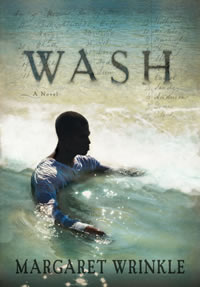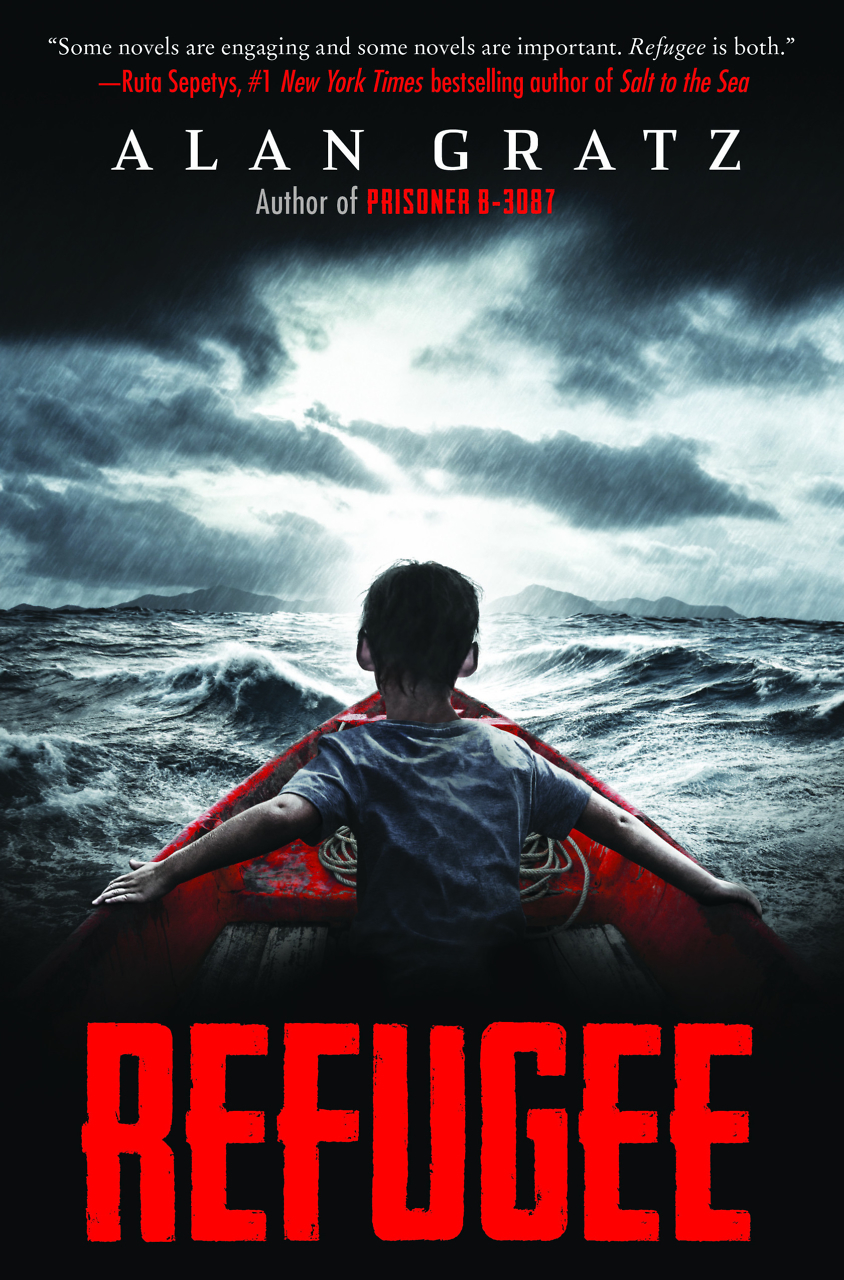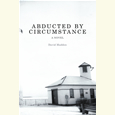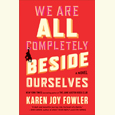Stepping Into the Mouth of the Devil
In Wash, her debut novel, Margaret Wrinkle explores the horrors of slave breeding in antebellum Tennessee
“Some of us shut our eyes at night and wake up in the morning, not written down nowhere,” writes Margaret Wrinkle in her debut novel, Wash. “But ain’t none of us going nowhere. We stay right here. All of us, all the time. Black and white and everything in between. All together, all the time.” These words—spoken by the novel’s title character, a slave in post-Revolutionary War Tennessee forced by his master to become a stud for hire—roughly summarize Margaret Wrinkle’s ambitious aims in Wash: to explore and reconcile the contradictions and conflicts of the relationship between owner and owned in the antebellum South by opening a window onto the infamous practice of slave breeding.
Wrinkle’s obsession with the fraught history of American slavery begins at home. A native of Birmingham, Alabama, raised during the most violent years of the civil-rights movement, Wrinkle’s professional and artistic ambitions have been defined by the complex problems of race and the legacy of slavery in the United States. “Like many white children of that era, some of my most intense early relationships were with the black people who were being paid to look after me,” Wrinkle has said. “Being fully engaged with those whom your own culture refuses to validate is a surreal experience which can take years to reconcile.” Wrinkle’s intense sense of social justice led her to abandon her Ph.D. studies at Yale and take a job as an elementary schoolteacher in the housing projects of Birmingham. Her work there led her to mentor a student documentary film project, Set the Record Straight, and then, along with filmmaking partner Chris Lawson, to create the award-winning documentary brokenground, which analyzes the contrasting values and experiences of Birmingham’s still predominantly segregated black and white communities.
 After hearing a rumor that her ancestors had been involved in slave breeding, Wrinkle researched her own family history, hoping to discover whether the rumor was accurate. Unable to do so but still haunted by the complicated history of her slaveholding ancestors and the infamous practice of slave breeding, Wrinkle turned to fiction. Wash explores the complex relationship between Richardson, a Revolutionary War veteran who reluctantly turns to slave breeding as a means of saving his plantation on the Tennessee frontier, and Wash, the charismatic and mercurial slave Richardson uses as his breeding sire.
After hearing a rumor that her ancestors had been involved in slave breeding, Wrinkle researched her own family history, hoping to discover whether the rumor was accurate. Unable to do so but still haunted by the complicated history of her slaveholding ancestors and the infamous practice of slave breeding, Wrinkle turned to fiction. Wash explores the complex relationship between Richardson, a Revolutionary War veteran who reluctantly turns to slave breeding as a means of saving his plantation on the Tennessee frontier, and Wash, the charismatic and mercurial slave Richardson uses as his breeding sire.
In perhaps the most timid and tentative climate American publishing has ever experienced, only Grove/Atlantic and its publisher, Franklin native Morgan Entrekin, could be fearless and audacious enough to publish a novel like Wash. Its subject matter is intrinsically controversial, as is the basic notion of a white Southern woman from a privileged background taking on the voice of an antebellum male slave put out to stud. Furthermore, the novel’s structure combines a Faulknerian Modernist aesthetic with the tropes of documentary filmmaking. The story is nonlinear, fusing first-person accounts from a variety of characters with third-person set-pieces, juxtaposing the simmering conflict between owner and owned and the history of Richardson’s gradual acceptance and eventual embrace first of chattel slavery and, when his circumstances become truly desperate, of slave breeding for profit.
However uncomfortable the image of breeding enslaved human beings in the early Americas may make us, the existence of the practice is undisputed. Even foundational national heroes as lofty as Thomas Jefferson have been implicated in this cruel practice: according to historian Henry Wiencek in his biography, Master of the Mountain, Jefferson recommended slavery as “an investment strategy for the future” and boasted in letters to none other than George Washington of the annual four-percent profit he made from the sale of his slaves’ children. In Wash, Margaret Wrinkle boldly aims to bring to life the process through which an essentially moral man who is a veteran of a war fought for personal liberty could ever-so-gradually lose his moral bearings so completely that he will not only own other human beings but will also deliberately produce them for financial gain.
 The form of the novel resembles a documentary film’s pastiche of images (Wrinkle actually includes personal photographs related to the novel’s settings and themes) and first-person accounts threaded over and through the third-person narration. This structure can make the story hard to follow; indeed, the novel’s plot at times becomes so subtle that the conventional novelistic goal of telling a compelling story seems subordinate here to the objective of creating a vivid portrait of a notorious practice conducted in a bygone time and place. As is the case in much popular historical fiction, the voices and sensibilities in Wash don’t always seem as authentic as the novel’s other period details do. The strength of this technique is the familiarity it lends to the characters’ thought processes and insights. Though it may stretch credulity to imagine Richardson or Wash saying some of the things they say, the window these first-person passages offer into each character’s consciousness makes him somehow more believable than he might be otherwise.
The form of the novel resembles a documentary film’s pastiche of images (Wrinkle actually includes personal photographs related to the novel’s settings and themes) and first-person accounts threaded over and through the third-person narration. This structure can make the story hard to follow; indeed, the novel’s plot at times becomes so subtle that the conventional novelistic goal of telling a compelling story seems subordinate here to the objective of creating a vivid portrait of a notorious practice conducted in a bygone time and place. As is the case in much popular historical fiction, the voices and sensibilities in Wash don’t always seem as authentic as the novel’s other period details do. The strength of this technique is the familiarity it lends to the characters’ thought processes and insights. Though it may stretch credulity to imagine Richardson or Wash saying some of the things they say, the window these first-person passages offer into each character’s consciousness makes him somehow more believable than he might be otherwise.
In an early scene, Richardson, surrounded by fellow slaveholders, is forced to recall the memory of the day when, in self-defense, he stabbed and gutted Nero, one of his first slaves. “The shock of it,” Wrinkle writes. “The tautness of Nero’s belly, his knife pushing through flat muscle to the inside of Nero’s hip bone. How close they stood. The sweat beading on Nero’s lip. Having to punch his knife hard to reach the softness underneath. Having to saw back and forth, pulling the hole bigger and bigger, until he felt the strength start to ebb from Nero’s grip. Then the sweet rush of breath he was finally able to draw. Even now, Richardson’s face twists in anger as he thinks of Nero’s body sprawled out on the ground in front of him. Nero’s blood all down his front, warm and slick, drying to sticky on his hands.” The scene calls to mind both Shakespeare’s Macbeth—“in blood / Stepped in so far that, should I wade no more, / Returning were as tedious as go o’er”—and Faulkner, whose own conflicted relationship with race seems to echo through Richardson’s doleful, almost erotic admiration of Nero’s corpse, with its “long muscled legs,” “big hands,” and “honey brown eyes staring out from under broad wings of eyebrows.” Though she does not exonerate Richardson, Wrinkle manages to humanize him.
Even more courageously, Wrinkle embodies the voices and the culture of the slaves, chiefly through Wash and through Pallas, the enslaved healer and mystic who nurses Wash out of illness and becomes his true love. Wash’s struggle to maintain his humanity and to resolve the conflict of his heart with the demands of his master form the novel’s moral center. Through Pallas and through Wash’s memories of his mother, Mena, Wrinkle shows the slaves’ own deep connection to their West African history. With no Touissant L’Ouverture or Underground Railroad to offer them even the slimmest hope of rescue, that culture’s sense of spirituality is the only means by which they can endure all that befalls them as slaves. Ironically, Wash’s sense of self is so heroic and deep that he feels more pity than contempt for his masters. “Sometimes I think maybe it’s worse for them. So much more pulling on em and so much less to hold on to,” Wash says. “Don’t know what I’d do with the leeway they got. That kind of slack can’t be no good for nobody. That’s like stepping into the mouth of the devil. Walk on in and before you know it, you turn round and can’t get out. You just standing there, looking out at the world through all those teeth.”
Margaret Wrinkle will discuss and sign Wash at Parnassus Books on February 16 at 2 p.m.


